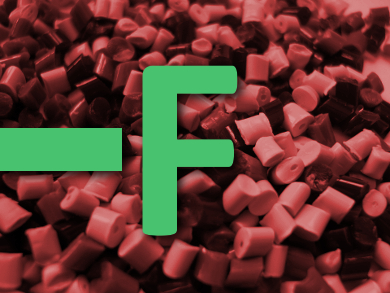Fluorinated polymers have a range of useful properties, such as high stability, low reactivity, and a low friction coefficient (which allows their use in non-stick pans). However, they can be difficult to process due to their mechanical properties. A copolymerization with non-fluorinated polymers can help with this issue.
While the copolymerization of fluorinated alkenes with nonpolar monomers is often successful, their reactivity towards polar monomers such as acrylonitrile or acrylates is much poorer. One way around this is the direct partial fluorination of polymers, but this often requires very harsh reagents and conditions.
Chaozhong Li, Shanghai Institute of Organic Chemistry, Chinese Academy of Sciences, and Ningbo University of Technology, China, and colleagues have developed a method for the synthesis of poly(vinyl fluoride-co-acrylic acid) copolymers which works by partially fluorinating poly(acrylic acid) in a controlled manner. The team treated poly(acrylic acid) with AgNO3 as a catalyst and Selectfluor (1-chloromethyl-4-fluoro-1,4-diazoniabicyclo[2.2.2]octane bis(tetrafluoroborate)) as a fluorine source in aqueous solution at room temperature. The resulting decarboxylative fluorination gives the desired products in high yields.
By varying the amount of amount of Selectfluor (between 10 mol % and 90 mol %), the researchers were able to control the percentage of fluorinated monomers in the final product. The reaction conditions are mild and the silver(I) ions can be easily removed.
- Controlled radical fluorination of poly(meth)acrylic acids in aqueous solution,
Yucheng Dong, Zhentao Wang, Chaozhong Li,
Nat. Commun. 2017.
DOI: 10.1038/s41467-017-00376-z




